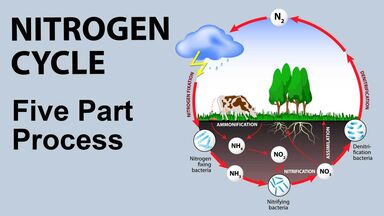Nitrification Definition
nītrə-fĭ-kāshən
noun
The act of nitrifying.
Wiktionary
Other Word Forms of Nitrification
Noun
Singular:
nitrificationPlural:
nitrificationsRelated Articles
Nitrification Is Also Mentioned In
Find Similar Words
Find similar words to nitrification using the buttons below.
